Jurassic Park shmurassik Park — if you want to look at some real old-school dinosaurs, the Triassic is where it’s at.
The Triassic was a time of transformation and ecological recovery after the Permian-Triassic mass extinction event. Spanning from 252 to 200 million years ago, the Triassic is recognized for its diverse reptilian life. Dinosaurs only began to emerge towards the end of this period, paving the way for the giants of the Jurassic to emerge.
So let’s take a look at these ancient beasts and explore the most famous Triassic dinosaurs.
1. Coelophysis: “Hollow Form”
| Family | Coelophysidae |
| Found in | Ghost Ranch, New Mexico |
| Diet | Carnivorous |
| Lived | 202–196 mya |
| Length | 3 m |
| Height | 0.6 m |
| Weight estimate | 20 kg |
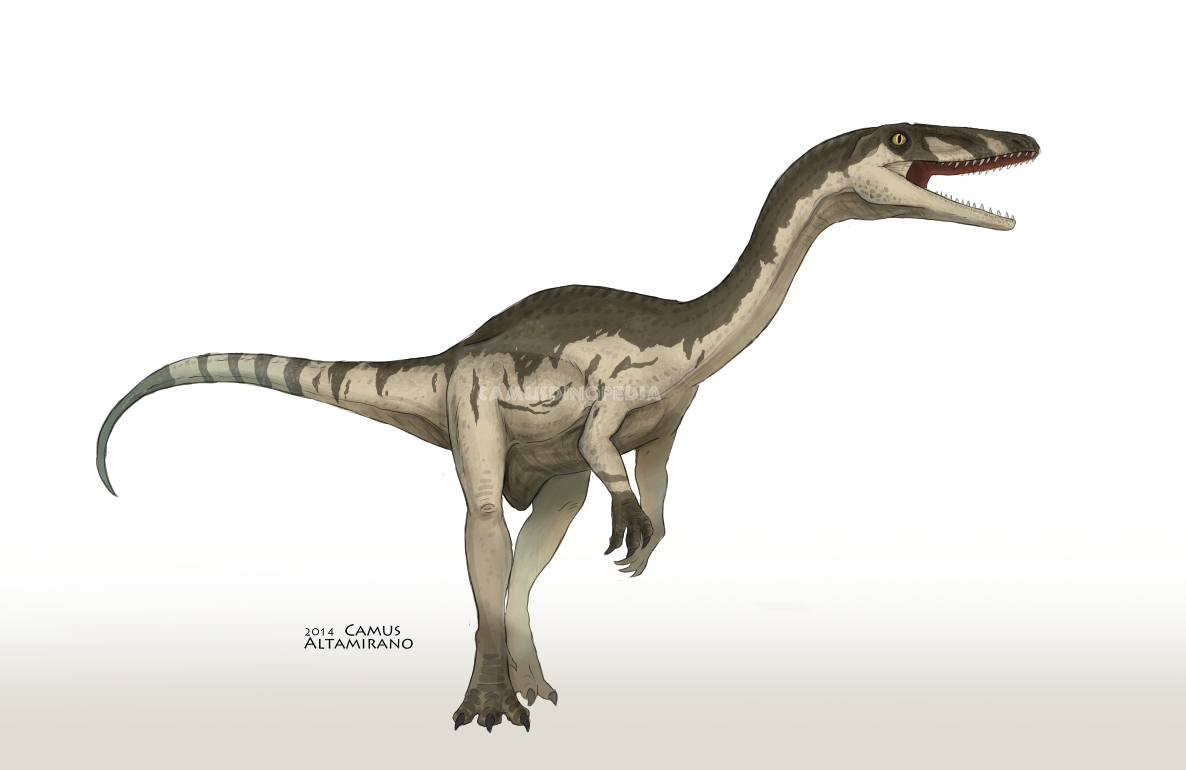
Coelophysis, a slender, bipedal carnivore from the Late Triassic, was one of the earliest known carnivorous theropods. Discovered in New Mexico, this 3-meter-long dinosaur was characterized by hollow bones and a lightweight structure, hence the dinosaur’s name “Hollow Form”. Its fossil record, particularly abundant, has revealed a wealth of information about its anatomy and behavior. Coelophysis possessed a narrow, elongated skull equipped with numerous sharp teeth, suggesting a diet primarily consisting of small prey. The configuration of its limbs indicates a capacity for swift movement, enabling it to be an effective hunter.
2. Plateosaurus: “Flat Lizard”
| Family | Plateosauridae |
| Found in | Heroldsberg, Germany |
| Diet | Herbivorous |
| Lived | 214–204 mya |
| Length | ~8 m |
| Height | ~3 m |
| Weight estimate | ~2000 kg |
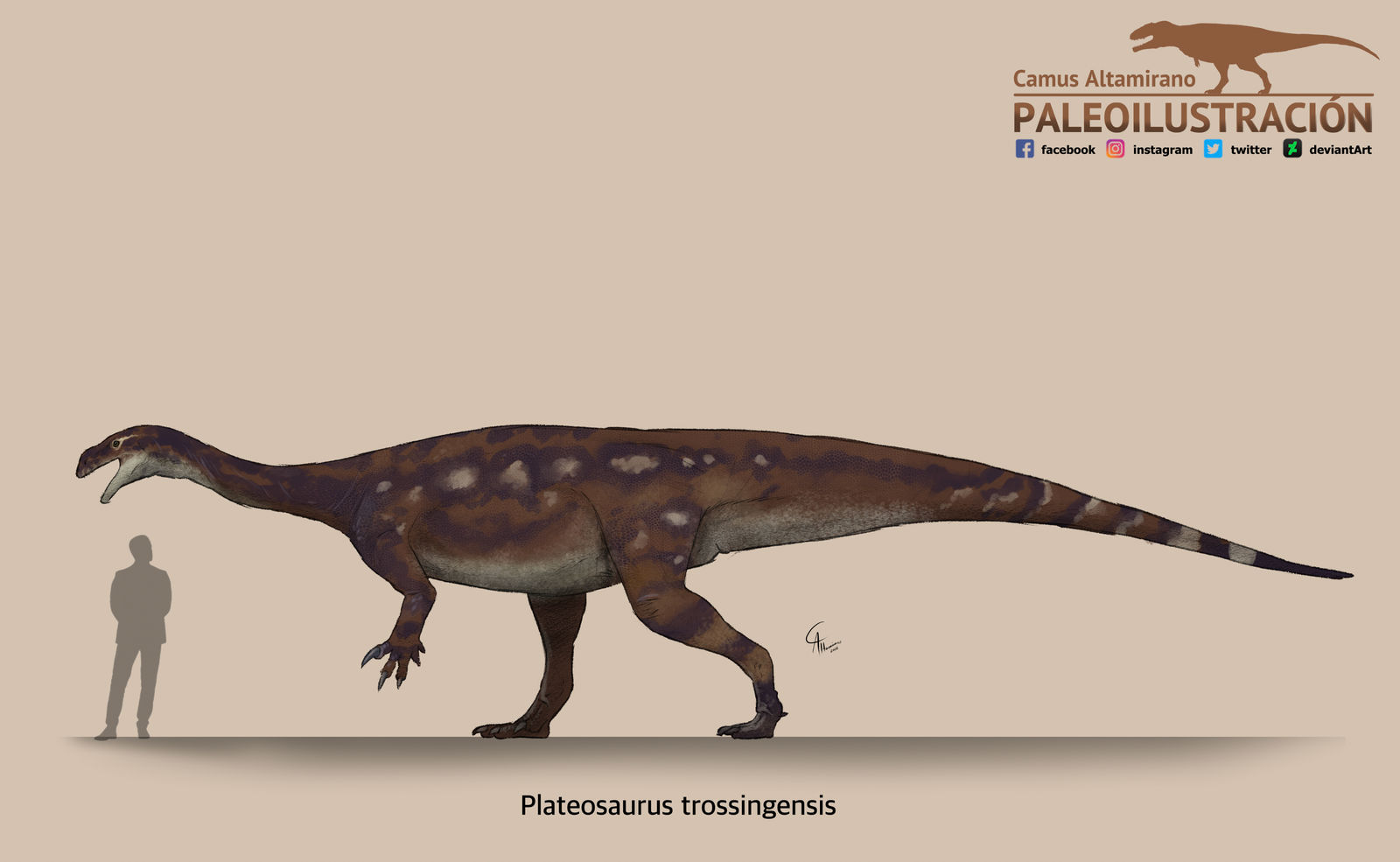
On the herbivorous side, the Late Triassic Plateosaurus roamed Central and Northern Europe around 214 to 204 million years ago. It’s only the fifth named valid dinosaur genus. Plateosaurus is well-documented with over 100 well-preserved skeletons. Plateosaurus adults could vary in size from 4.8 up to 10 m in length and from 600 up to 4,000 kg in weight. Characterized by a small skull, long neck, and powerful limbs, Plateosaurus was adapted for both bipedal and quadrupedal locomotion. This adaptation allowed it to browse for taller foliage, with a diet consisting primarily of ferns and cycads. Hence, its anatomical features place it in the basal sauropodomorph clade, precursors to the giant sauropods that would later evolve in the Jurassic.
3. Herrerasaurus: “Herrera’s Lizard”
| Family | Herrerasauridae |
| Found in | Santa Maria Formation, Rio Grande do Sul, Brazil |
| Diet | Carnivorous |
| Lived | 225 mya |
| Length | 6 m |
| Height | 1 m |
| Weight estimate | 350 kg |
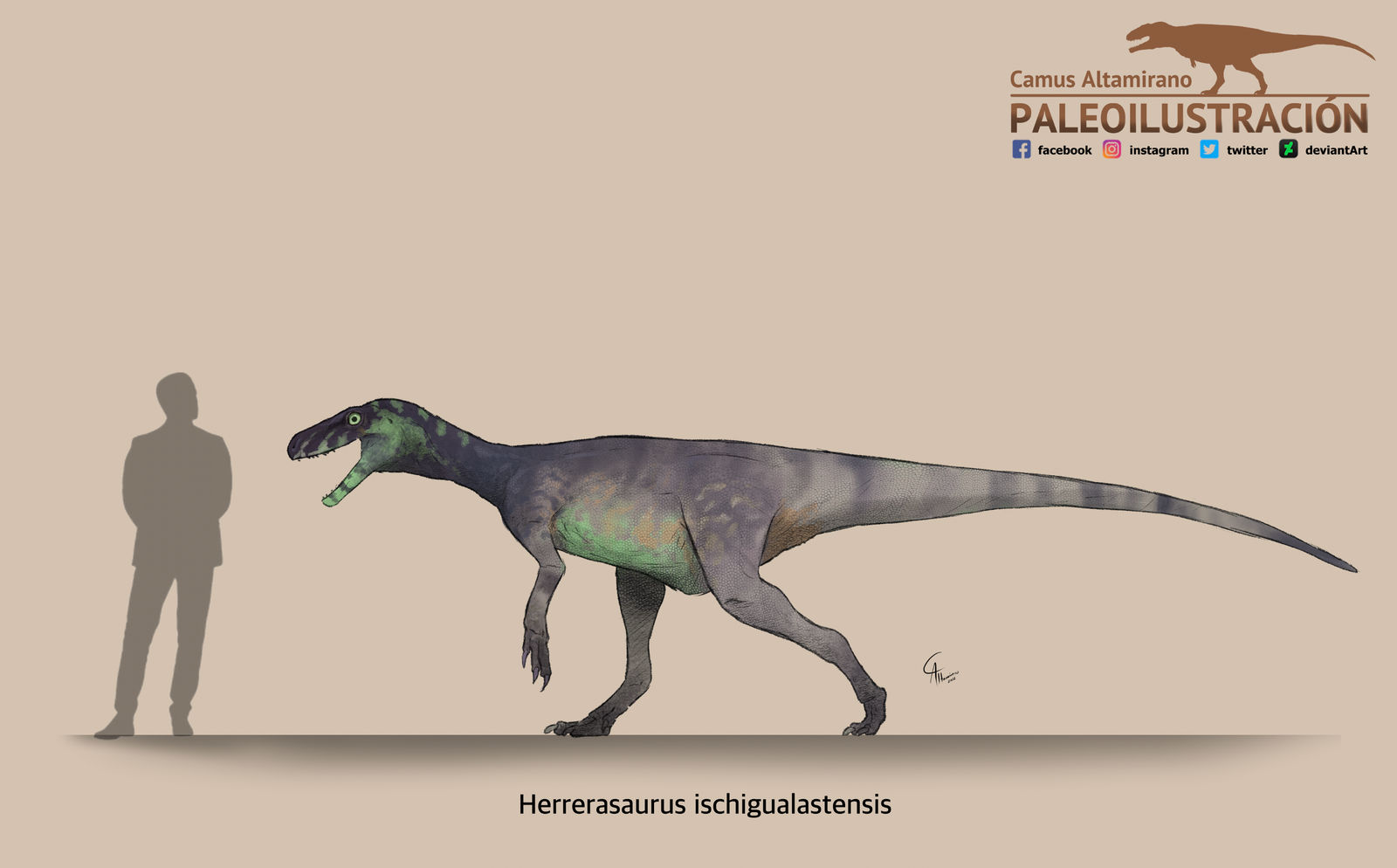
Herrerasaurus, a primitive Late Triassic dinosaur from Argentina, was among the earliest dinosaurs. Discovered in 1958, it measured about 6 m in length, 1 m at the hip, and weighed around 350 kg. With an elongated, narrow skull filled with serrated teeth, Herrerasaurus was a top predator of its time. Its strong hind legs were designed for running, while its shorter arms, equipped with three recurved claws, were likely used for grasping or raking. Despite its looks, Herrerasaurus’ exact position in the dinosaur family tree was a great scientific debate due to the unusual anatomy of its hip. However, a consensus was eventually reached within the scientific community, classifying it as an early saurischian.
4. Staurikosaurus: “Southern Cross Lizard”
| Family | Herrerasauridae |
| Found in | Santa Maria Formation, Rio Grande do Sul, Brazil |
| Diet | Carnivorous |
| Lived | 225 mya |
| Length | 2.2 m |
| Height | 0.8 m |
| Weight estimate | ~30 kg |
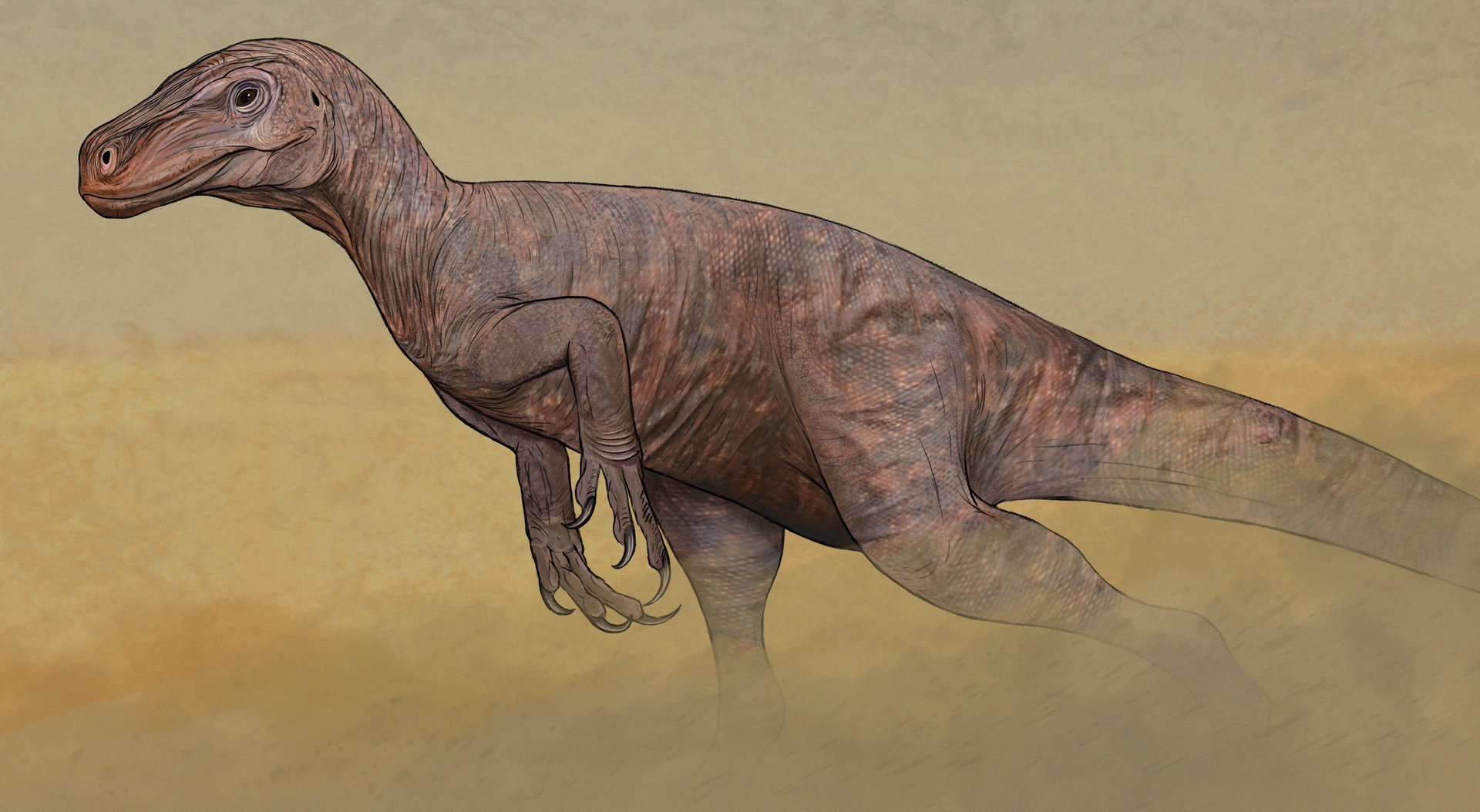
Another herrerasaurid from Late Triassic Brazil, Staurikosaurus was a nimble, bipedal predator. Discovered in the Santa Maria Formation, it lived around 225 million years ago. Although only about 2 m in length and 80 cm at the hip, weighing around 30 kg, this early dinosaur was a carnivore. Noted for its long, slender skull and sharp teeth, Staurikosaurus possessed muscular arms equipped and hands with large claws, likely used for grasping prey.
5. Eoraptor: “Dawn Hunter”
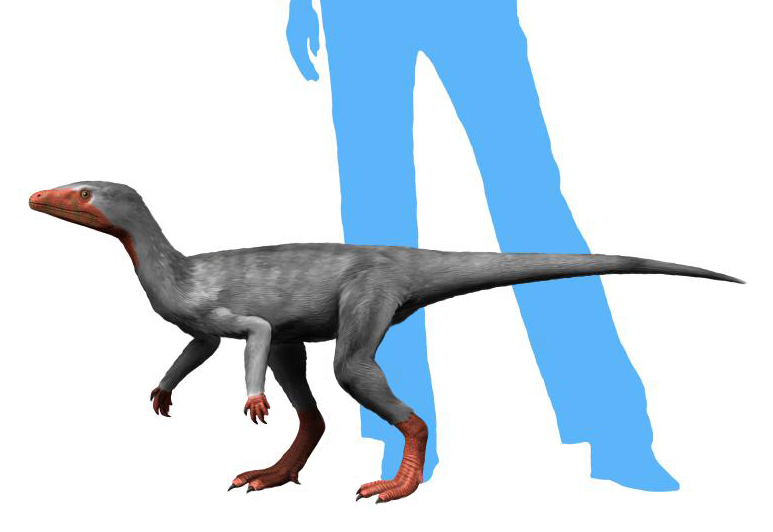
Eoraptor was one of the earliest dinosaurs. It was a small, lightweight creature from the Late Triassic found in Argentina. Discovered in 1991, it measured around one meter in length and weighed approximately ten kilograms. Its compact, slender body and long tail suggest agility and speed. Eoraptors had teeth indicative of a potentially omnivorous diet, combining features of both herbivores and carnivores. The exact placement of Eoraptor within the dinosaur family tree has also been a debated topic, eventually being classified as a basal sauropodomorph.
6. Eodromaeus: “Dawn Runner”
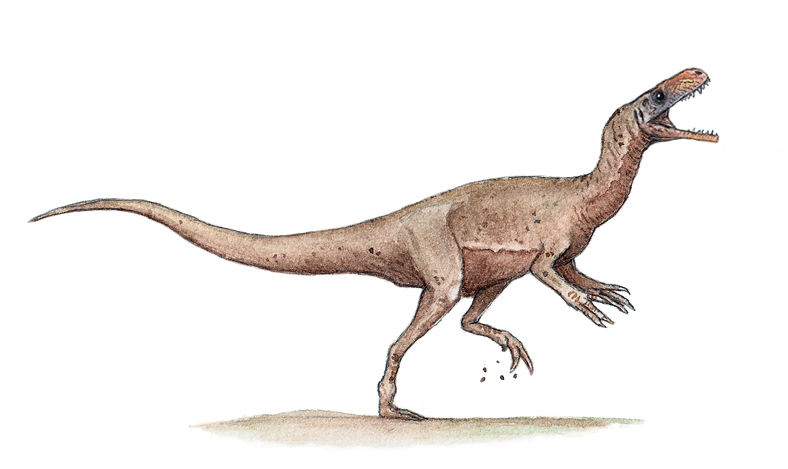
Eodromaeus was an early theropod from Argentina’s Late Triassic period. Discovered in the Ischigualasto Formation, it thrived around 230 million years ago. This agile predator, measuring approximately 1.2 meters in length and weighing around 5 to 7 kg, was equipped with distinct saber-shaped teeth and clawed hands, indicating a carnivorous diet. Its body shape and skeletal structure suggest swift, efficient movement, hence the name “Dawn Runner”.
7. Riojasaurus: “Rioja Lizard”
| Family | Riojasauridae |
| Found in | La Rioja, Argentina |
| Diet | Herbivorous |
| Lived | 225–219 mya |
| Length | ~10 m |
| Height | ~3 m |
| Weight estimate | ~2000 kg |
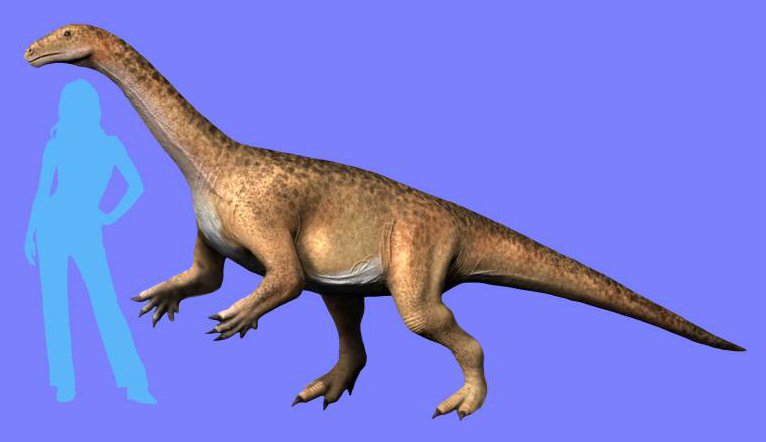
Riojasaurus, a sizeable Late Triassic herbivore, inhabited Argentina’s La Rioja Province about 225 to 219 million years ago. Discovered in the Los Colorados Formation, it measured around 10 m in length and 3 meters in height. The animal was adapted for both four-legged and bipedal stances, supporting its herbivorous lifestyle. Furthermore, Riojasaurus fossils featured scleral rings that suggested a cathemeral lifestyle. Although a sauropodomorph, its anatomy suggests it was a rather closer relative to the earliest Jurassic sauropods.
8. Saturnalia
| Family | Saturnaliidae |
| Found in | Santa Maria Formation, Rio Grande do Sul, Brazil |
| Diet | Herbivorous |
| Lived | 237–225 mya |
| Length | ~1.5 m |
| Height | ~0.9 m |
| Weight estimate | ~10 kg |
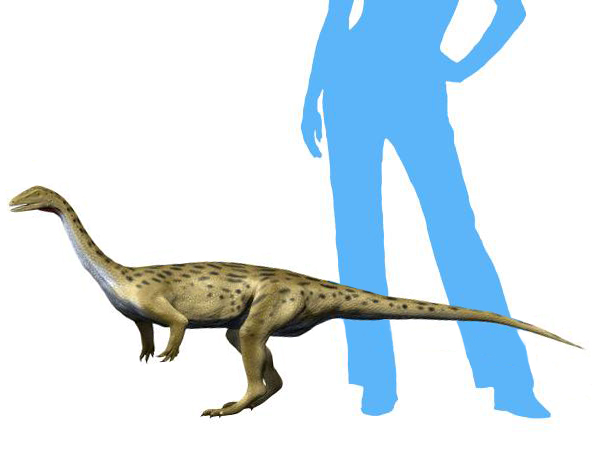
Saturnalia, a basal sauropodomorph from the Late Triassic of Southern Brazil, is recognized as one of the earliest known dinosaurs. Discovered in the Santa Maria Formation, it lived approximately 237 to 225 million years ago. This dinosaur, approximately 1.5 meters in length, showcases the initial stages of sauropodomorph evolution. The structure of Saturnalia, characterized by a small skull on a flexible neck and plant-crushing teeth, indicates an herbivorous diet. Its fossils, found both in South America and Africa, highlight the dinosaur’s wide geographical spread during the Late Triassic period.
9. Coloradisaurus: “Los Colorados Lizard”
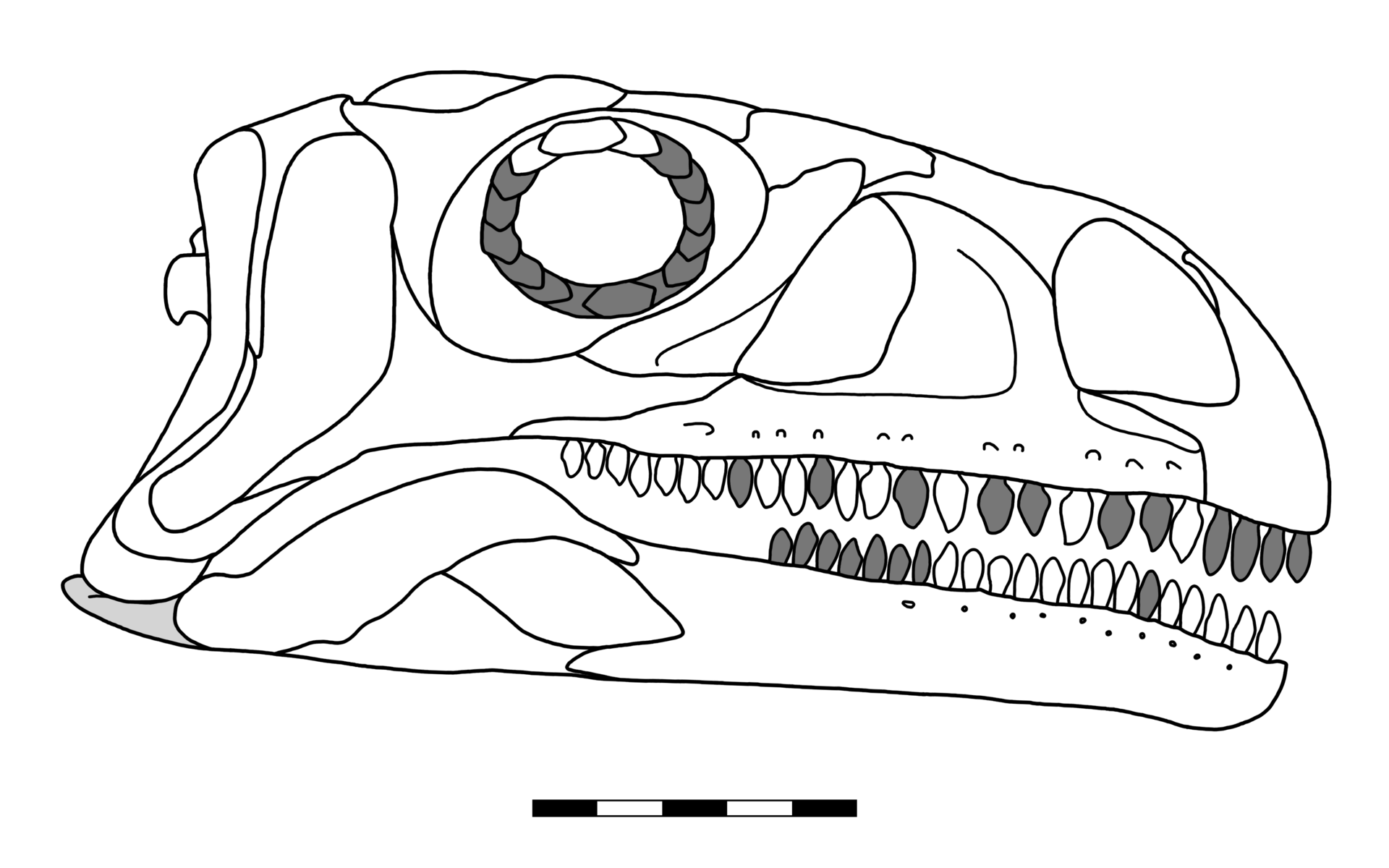
Coloradisaurus, another sauropodomorph from Argentina’s Late Triassic, thrived in the Los Colorados Formation, notably during the Norian stage. This dinosaur, approximately 10 meters long, was characterized by a sturdy build and a herbivorous diet. However, it is primarily known from a partial skeleton, including significant cranial material, mostly shedding light on its feeding mechanics and lifestyle.
10. Sellosaurus: “Broad Lizard”
| Family | Plateosauridae |
| Found in | Heroldsberg, Germany |
| Diet | Herbivorous |
| Lived | 214–204 mya |
| Length | ~7 m |
| Height | ~3 m |
| Weight estimate | 300-600 kg |
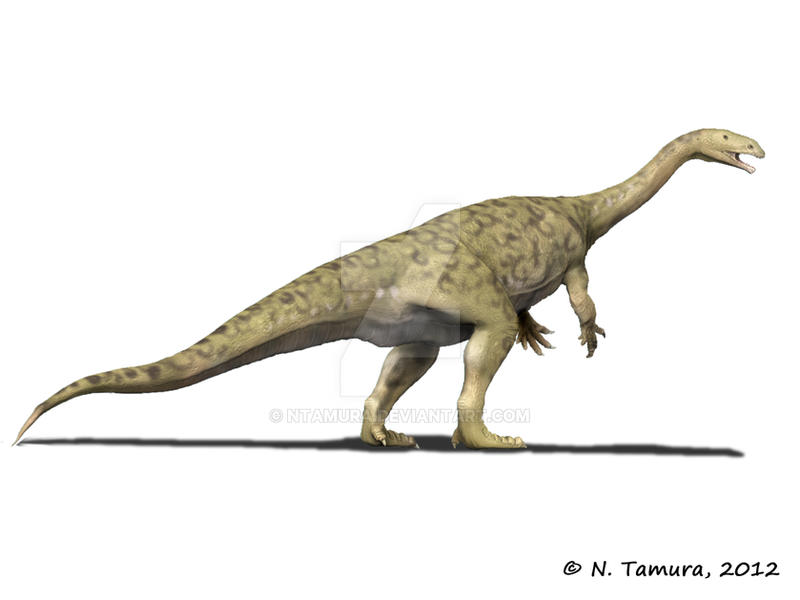
Sellosaurus, a sauropodomorph, inhabited Europe approximately 214 to 204 million years ago. With an adult size stretching between 4 to 7 meters in length and a height of about 3 meters, Sellosaurus was estimated to have weighed between 300 to 600 kg, showcasing a sturdy yet agile build. Since it belonged to the Plateosauridae family, Sellosaurus shared several characteristics with its close relative, Plateosaurus, including a long neck and a predominantly plant-based diet.

